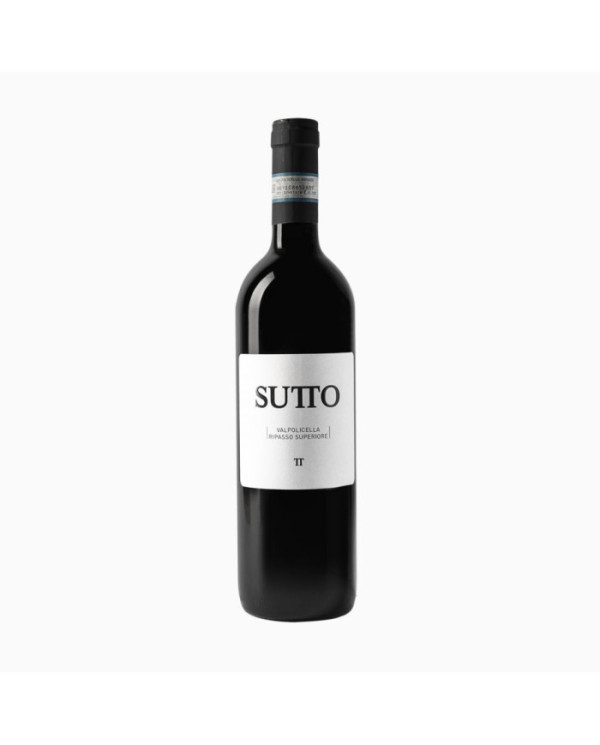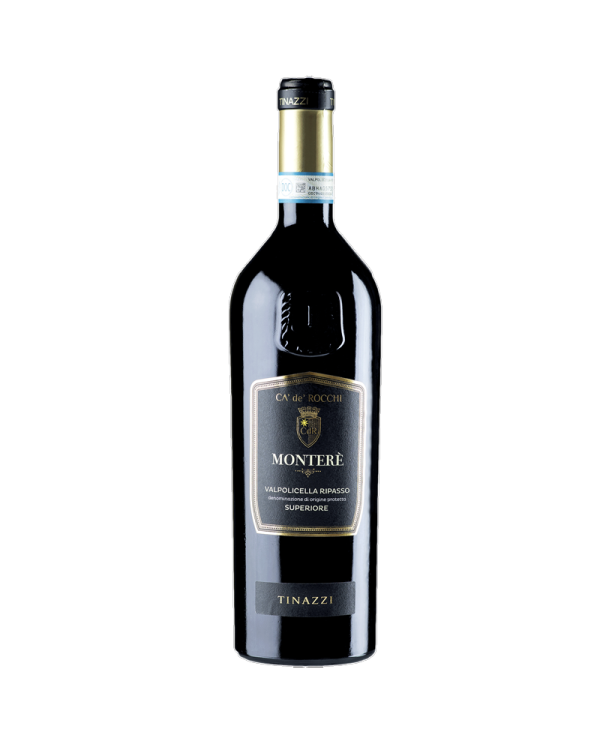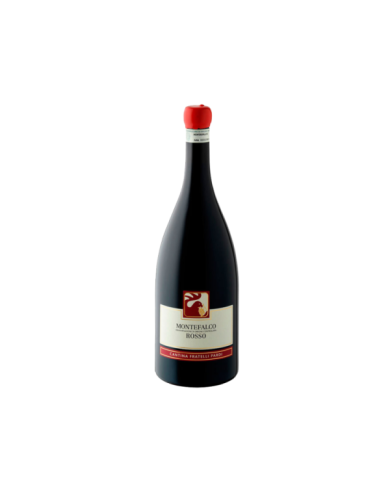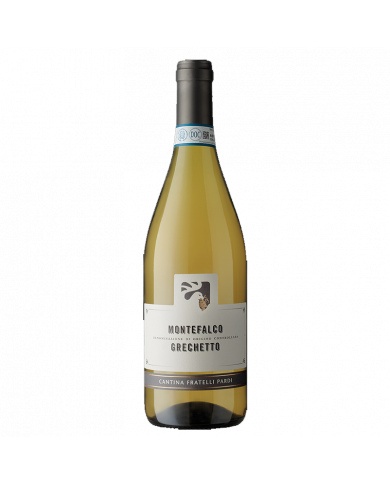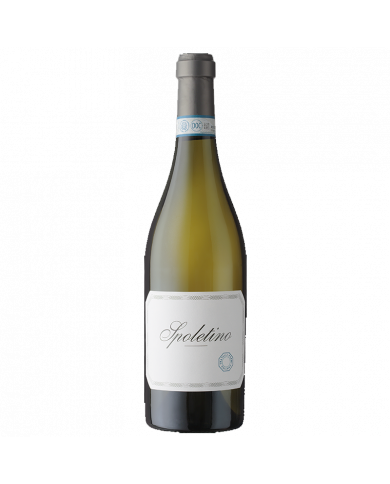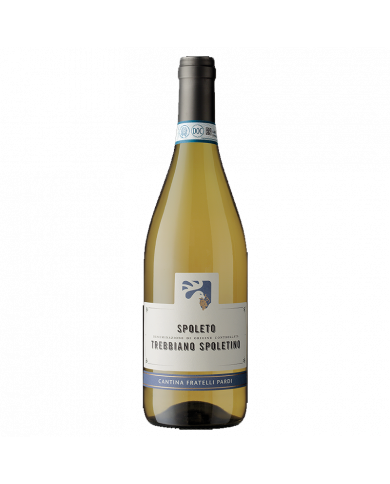Appellation Valpolicella Ripasso: The Harmony of Valpolicella Wines
The Valpolicella Ripasso Denomination represents an authentic gem of the Italian wine scene. Located in the Veneto region of northeastern Italy, Valpolicella Ripasso is renowned for its high-quality wines that bring with them a centuries-old history and unique authenticity. In this article, we'll explore the history, grape varieties, production process, and distinctive characteristics that make the Valpolicella Ripasso Denomination so appealing to wine lovers.
Introduction to the Valpolicella Ripasso Denomination
The Valpolicella Ripasso Denomination is known for its wines that exploit a traditional and unique production technique. This method, known as "ripasso", gives Valpolicella wines an additional complexity and depth.
History and territory of Valpolicella Ripasso
The history of Valpolicella Ripasso dates back centuries, when local winemakers began to use the ripasso method to obtain more structured wines. The geographical area of Valpolicella, with its hills and soil rich in calcareous marl, clay and gravel, offers an ideal environment for the cultivation of native vines.
Main grape varieties of Valpolicella Ripasso
The main grape varieties used in the production of Valpolicella Ripasso wines are Corvina Veronese, Corvinone and Rondinella. These autochthonous vines help to give the Valpolicella Ripasso wines complexity, structure and unique aromas.
Production process of Valpolicella Ripasso wines
The production process of Valpolicella Ripasso wines involves the use of the ripasso method, which consists in adding Amarone della Valpolicella to the pomace and skins of the dried grapes. This allows for a second fermentation and prolonged contact with the skins, which enriches the wines with colour, tannins and complexity.
Organoleptic characteristics of Valpolicella Ripasso wines
Valpolicella Ripasso wines are characterized by an intense ruby red color and a complex aromatic bouquet. On the nose, hints of ripe red fruit, spices, chocolate and slightly bitter notes can be perceived. On the palate, they are structured, soft and harmonious wines, with good acidity and well-integrated tannins.
Culinary pairings with Valpolicella Ripasso wines
Valpolicella Ripasso wines go beautifully with tasty and structured dishes. They go well with red meats, roasts, braised meats, aged cheeses and pasta dishes served with rich sauces. Their complexity and structure also make them perfect for meditation.
Visit Valpolicella Ripasso and its cellars
For wine lovers, a visit to the Valpolicella Ripasso cellars is an unforgettable experience. Numerous wineries offer guided tours, during which it is possible to discover the secrets of the production of Valpolicella Ripasso wines, admire the vineyards and taste the fine wines directly from the producer.
The Valpolicella Ripasso Denomination embodies the art and winemaking tradition of Valpolicella. Thanks to the ripasso method, the wines acquire a unique complexity and structure, offering a satisfying sensory experience. If you are looking for wines with character, elegance and depth, do not hesitate to discover Valpolicella Ripasso wines and immerse yourself in their enological harmony.
FAQ (Frequently Asked Questions)
What is the origin of the Valpolicella Ripasso denomination?
The Valpolicella Ripasso Denomination has ancient origins in the Veneto region of Italy. This production method was developed centuries ago by the local winemakers of Valpolicella.
Which grape varieties are used in the production of Valpolicella Ripasso wines?
The main grape varieties used in the production of Valpolicella Ripasso wines are Corvina Veronese, Corvinone and Rondinella.
How does the production process of Valpolicella Ripasso wines take place?
The production process of Valpolicella Ripasso wines involves adding the pomace and skins of the dried grapes of Amarone della Valpolicella to the base Valpolicella wine. This second fermentation and the prolonged contact with the skins give the wine greater structure, color and complexity.
What are the organoleptic characteristics of Valpolicella Ripasso wines?
Valpolicella Ripasso wines are characterized by an intense ruby red colour, a complex aromatic bouquet and a soft and balanced taste. Notes of ripe red fruit, spices and chocolate can be perceived.
With which dishes should we pair Valpolicella Ripasso wines?
Valpolicella Ripasso wines go well with red meats, roasts, braised meats, aged cheeses and pasta dishes served with rich sauces. Their complexity also makes them suitable for meditation.



